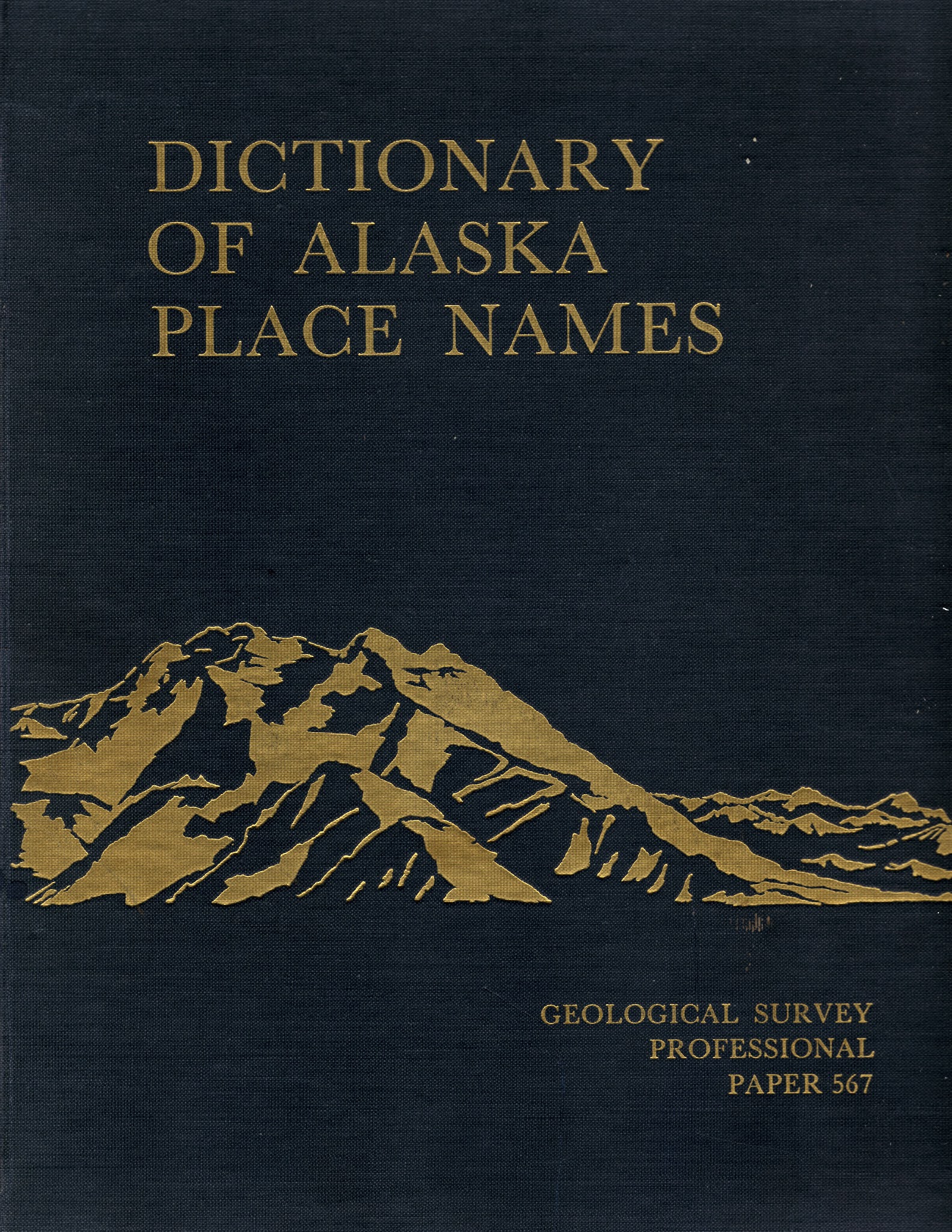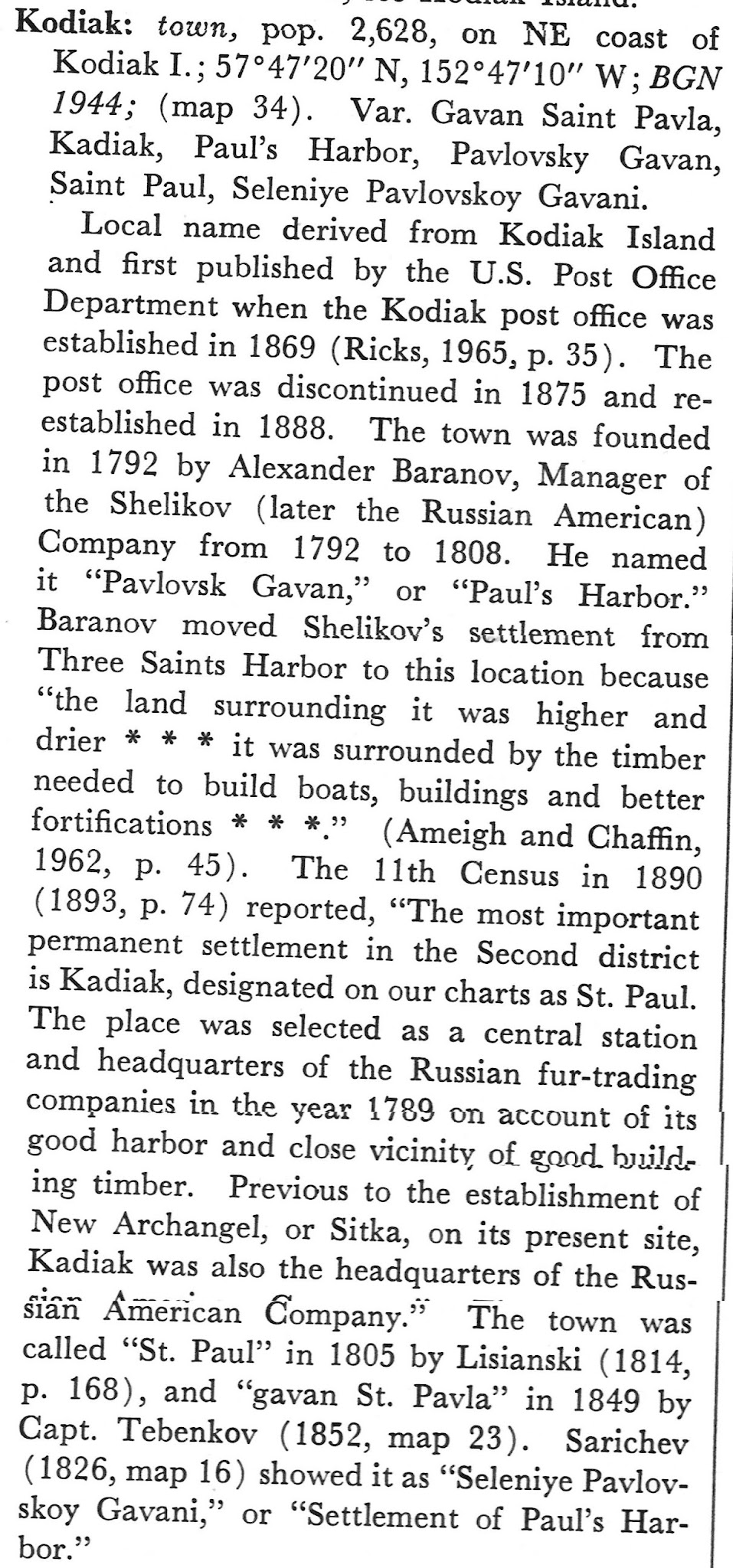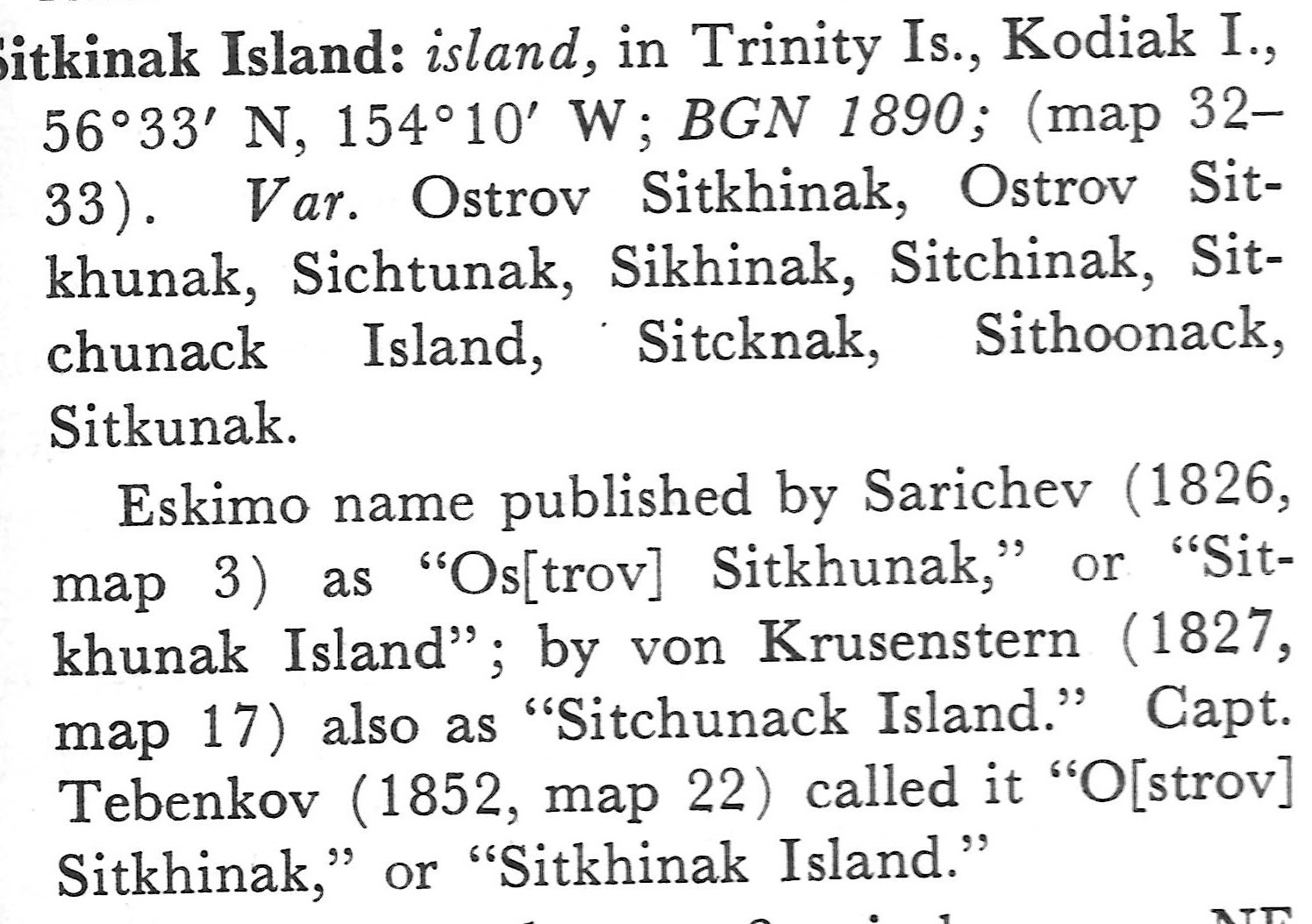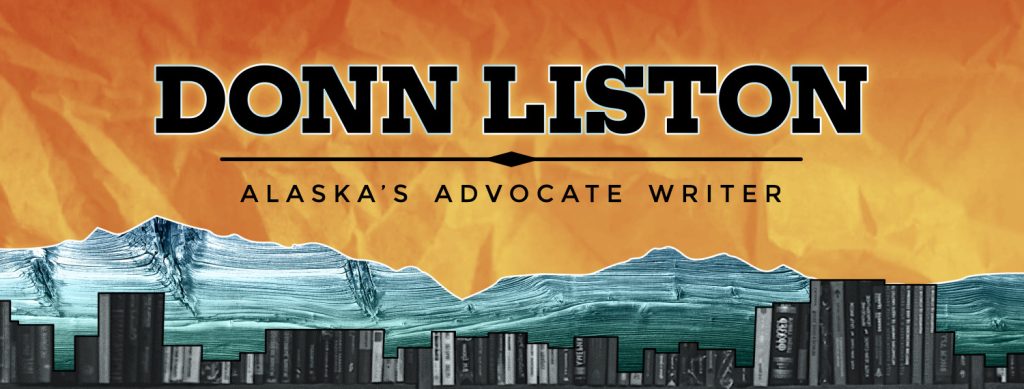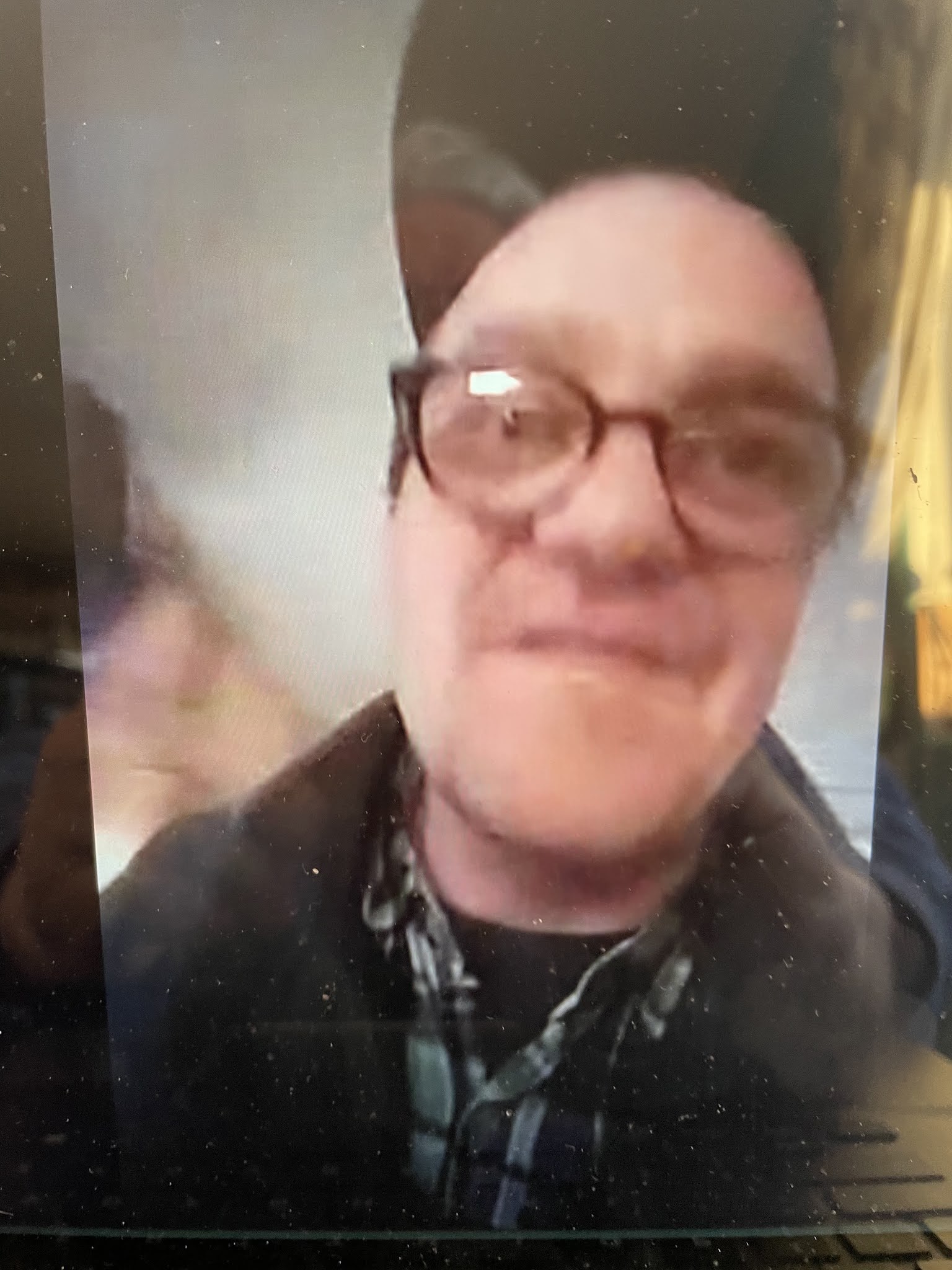Opportunity Lost

The State of Alaska has a high opinion of the value of Agriculture Land, which includes Agricultural Homesteads with Agricultural Rights Only, and Fee Simple land with Agricultural Covenants. Perhaps that is why so little ag land is in production in Alaska. It is just too valuable to allow much of it to be used.
Such lands are defined in Alaska Stautues at:
Agricultural Restrictions~AS 38.05.321 “A perpetual covenant for the benefit of all Alaska residents and running with the land that restricts or limits the use of the land for agricultural purposes”. [1]
Any agriculture that IS happening is encouraged by the Alaska Division of Agriculture, whose mission is:
To promote and encourage development of an agriculture industry in the State.
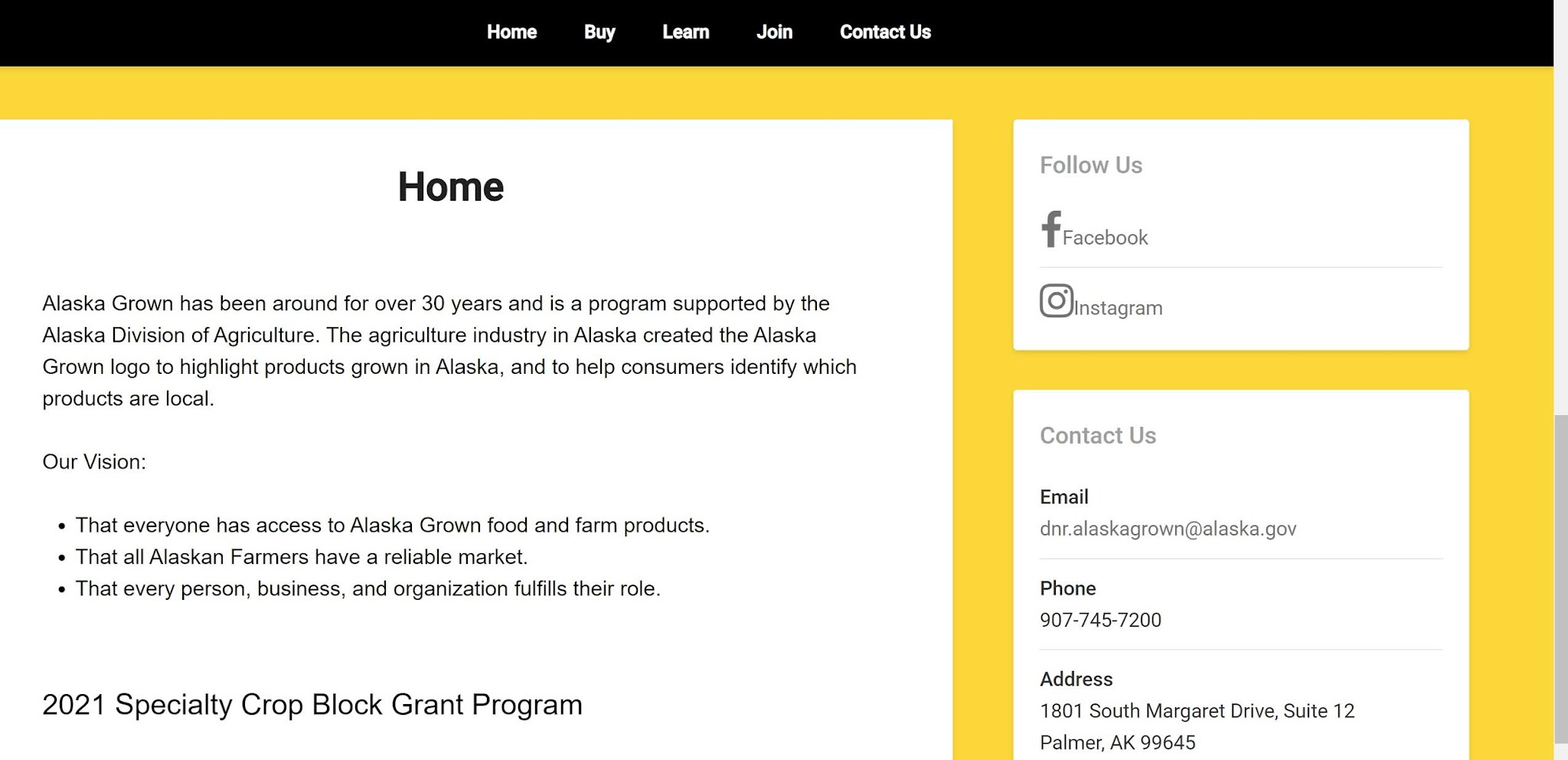
In other words the Division of Agriculture, based in Palmer, is a cheerleader agency for farmers. It is similar to the of the Division of Seafood Marketing, which is “Alaska’s official seafood marketing arm committed to maximizing economic value of the Alaska seafood resource.”
Some commercial fishermen like to call themselves farmers of the ocean. Commercial fishermen contribute to promoting their industry to consumers beyond Alaska. But Alaskans could all starve for all they care.
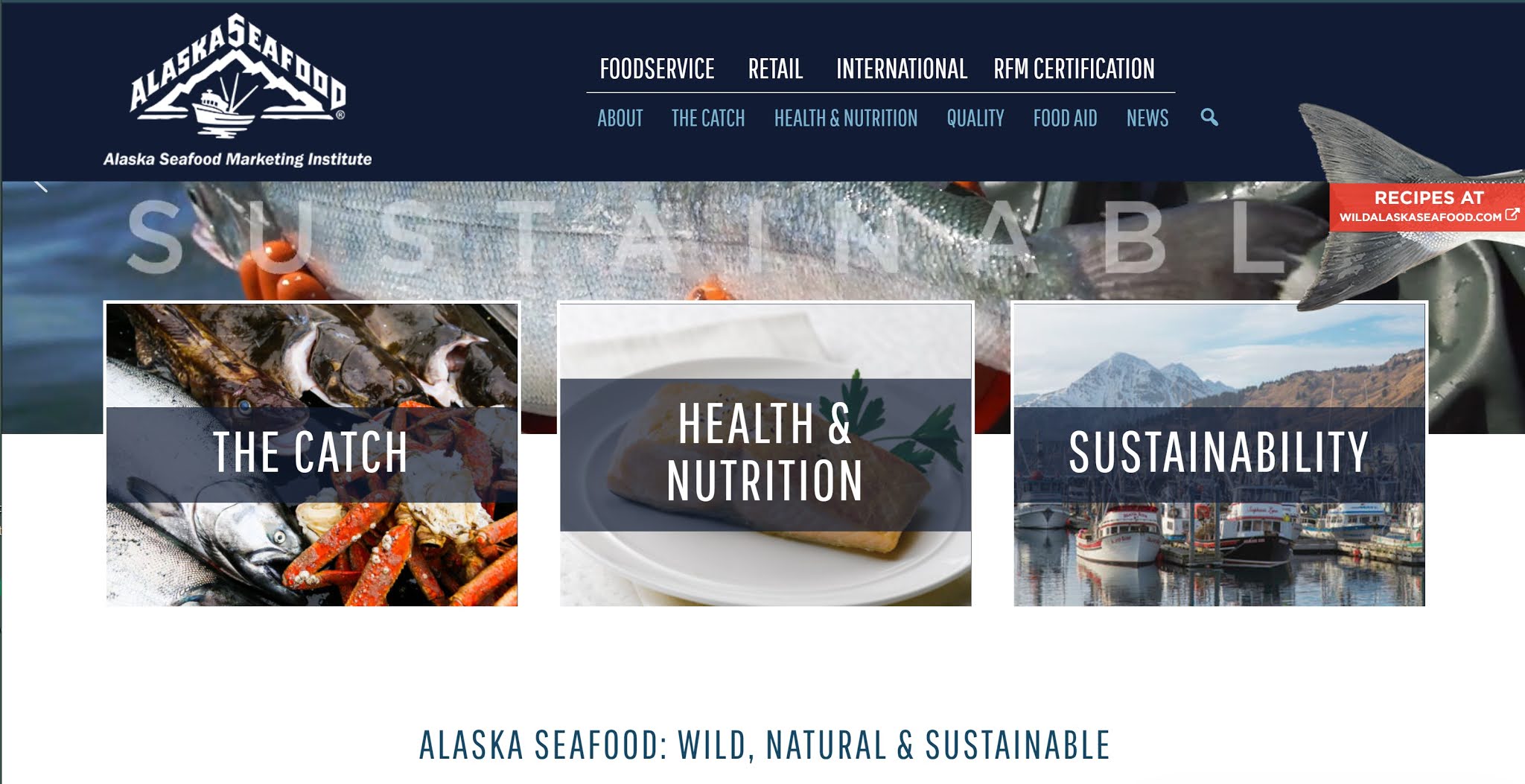
Can you tell a difference? The Alaska Department of Commerce & Economic Development, Division of Seafood Marketing, is based in Juneau. The commercial fleet that harvests Alaska seafood is mostly based on the West Coast. Alaskans be damned, you get to catch the leftovers.
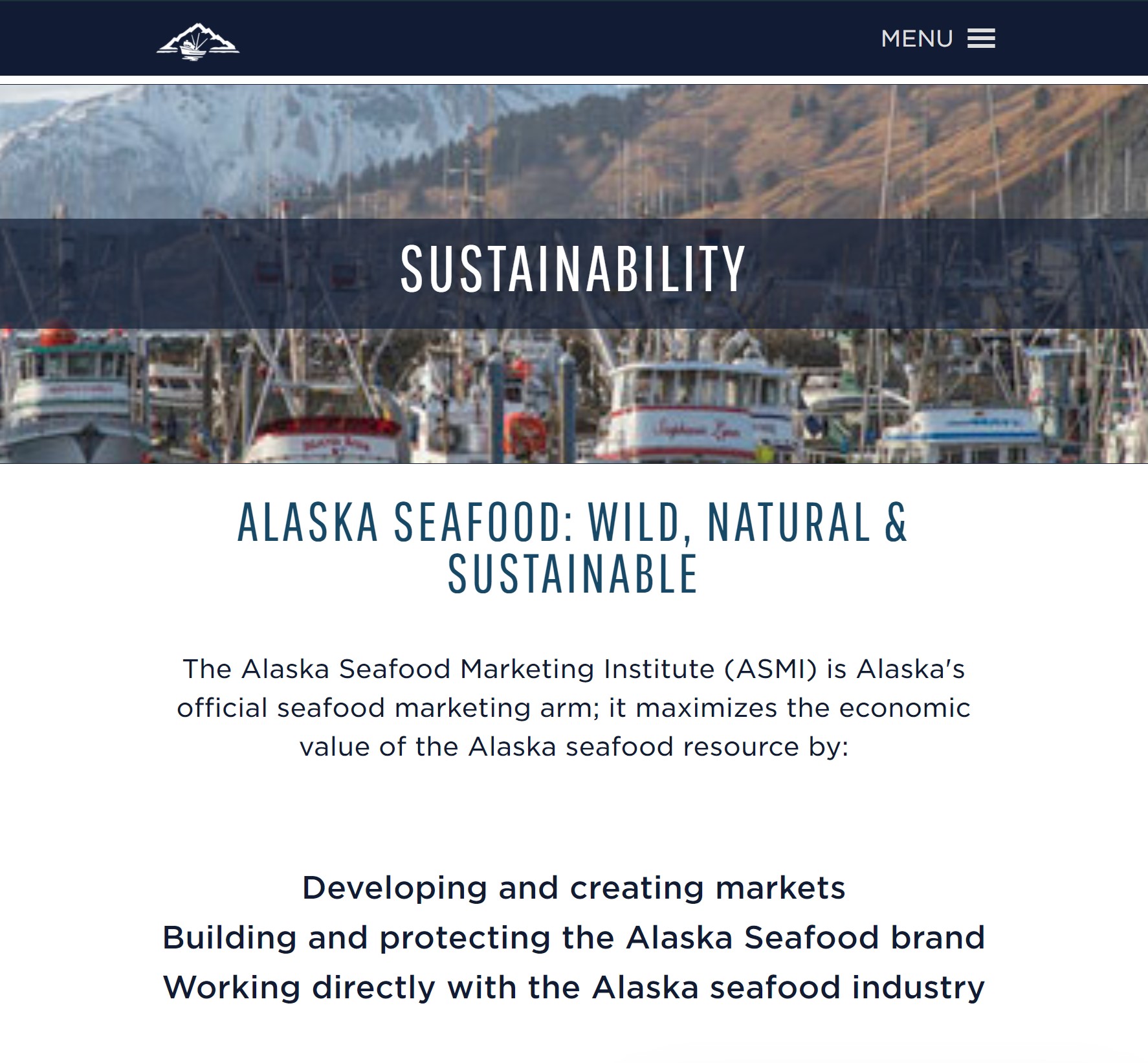
Working directly with the Alaska seafood industry Division of Seafood Marketing in the Alaska Department of Commerce [2]
Alaska Division of Agriculture primarily promotes to Alaskans who can afford Alaskan Grown.
But you must be an Alaskan to farm on terra firma and you need to know if you are a farmer that the Division of Agriculture is rooting for you to succeed. Ra Ra Sis-boom-ba!
Alaska Agricultural Land is managed by the Alaska Department of Natural Resources, Division of Lands, Minerals and Waters, not the Division of Agriculture. In the big picture of this department, value of all Alaska Lands gained under statehood–and through subsequent acts of Congress–is gauged by how the state might bring the highest economic return for the land, according that land’s best use. So, if the best-use of certain Alaska lands is not readily apparent the wheels of government turn slowly and the land remains fallow.
That’s because wildlands are okay and have value, too.
But the big bucks come from oil and mineral development. Fortunately the Prudhoe Bay find was on State Land, and since oil started down the Trans-Alaska Pipeline for transport to market from Valdez in 1977, the priority of elected officials and non-profit organizations in Alaska has been to build infrastructure and save what they are required to save—not a penny more.
Alaska Agriculture Boondoggles have been the norm, not the exception. Providing food for Alaskans has been a low priority. Seattle keeps public officials in Juneau well fed.
One need only look at the difficulty of farmers around the state in eking out a living on postage stamp parcels of state ag land—such as those parcels provided at low rates for 200 U.S. Midwest framers brought to Alaska in 1935–to see ag land is not likely to add much to the coffers of Alaska’s Permanent Fund. We have some successful farms that provide some Alaskan Grown foods for general consumption, but compared to what must be shipped into Alaska to sustain Alaskans, what is grown instate is a pittance. [3]
The other question is: How much more should Alaska consumers be willing to pay for the same vegetables and meat grown here over the price for products shipped in?[4]
Kodiak’s Rich Livestock Ranching Potential
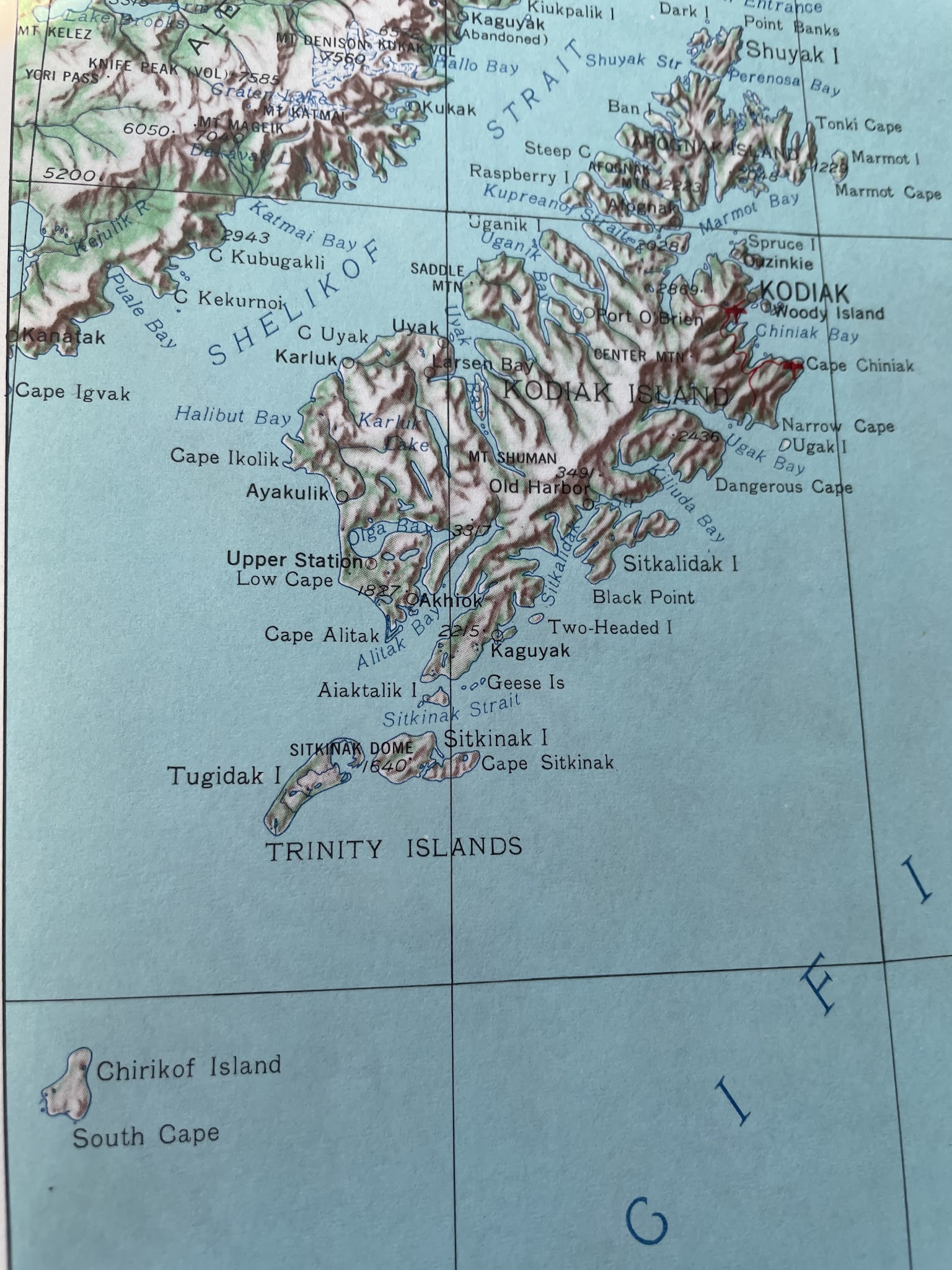
In the 1940s, during World War II the U.S. military determined it was necessary to have enough Alaskan Livestock available to feed people involved in Alaska wartime operations. An ag land lease program was engineered and the US Bureau of Land Management administered over large parcels of Kodiak grasslands for livestock grazing farms. Alaska had some 5,000-6,000 cattle there, with some nine grazing leases, according to Chris Flickinger, who has held a 31,000-acre section of sweet Kodiak grasslands since 1999. That’s the year he and his family bought the state lease and moved here from Colorado.
“After statehood the BLM transferred the leases to the State of Alaska and the terms were supposed to be as good or better than what the Federal Government provided,” explained Flinkinger in a video chat with this writer on February 25, 2021. “The State has forgotten about that, in my book.”
After some 20 years of running cattle on the state grazing lease Flickinger is going through a difficult lease renewal.
“When we first got here the Director of Agriculture called the shots on grazing leases,” explained Flinkinger. “When that responsibility switched to the Division of Mining, Land and Water things changed. State terms for these grazing leases were 25 years, which was reduced from the BLM Leases of 30+ years. I was one of the last of the renewals to re-apply when our 24-year lease came up–4-5 years ago–and they told me they were giving me a 10-year lease. I told them: I am appealing that because I have a lot of fence to build and I’m not doing that monetary stuff on a 10 year plan.
“We remain year-to-year now,” he said, we just keep paying the lease bill and they keep accepting our payment.” Flinkinger adds: “Everything is wearing out around here and we cannot do a major infrastructure rebuild on fences or anything on a year-to-year–or even a 10-year plan. I just need the state to renew my lease and get out of the way.
Is it tough to raise cattle in Kodiak?
“Not really,” said Flinkinger. “We worked our butts off in Colorado before we bought into this. We graze most of the year and ship in a
little bit of concentrate in the wintertime to supplement their diet, but we are able to run the cattle cheap here more than we would have ever thought of doing in Colorado. We don’t feed any hay, we just bring in this “cake” concentrate that we feed out in 1-1/2 pound per animal per day.”
How have you had to adapt to Alaska farming?
“We learned we cannot bring cattle in here without a huge pocketbook. Over the first two years any new cattle have to acclimate to the island but animals from the other islands are already able to get along here fine. There is no brush on those two islands, at least we have a little brush here for cover from the elements.”
The other two nearby islands which also have cattle on them are Chirikof, and Sitkinak. Each island has its own kind of critters. [5]
“Cattle on those other islands gentle down better, they are smarter and more thrifty than the ones originally from Kodiak,” explained FlinkInger. “On one occasion on Chirikof I roped about 20-30 of those animals, pulled blood and ear tagged them. I was younger then! The genetic study says there could be some yakuts blood there, which is an endangered Siberian breed. There may be some other Asiatic genes and some longhorn cattle from the shipwreck of 1898, too. They had 3-4 longhorn cattle on board and that’s the ship Donald Trump’s granddad was on.”
That’s another story; Flinkinger has a bunch of stories.
“We have built up our stock through natural breeding and gotten some off the other Islands, to replenish the herds,” continued Flinkinger. “About 16 years ago the feds were going to go and shoot all the cattle on Chirikof. We told them that was a bad idea because they represented emergency food. I ended up getting a bull and a cow from that time.”
Flinkinger says his operation could take an additional 600 mother cows and he has 329 head right now. “We would have to hire more help,” he adds. He estimates there are a total of some 500 cattle on Kodiak Island among various other farms.
“Our neighbors are the Launch Site and the Burton Family farm has about 200 Bison,” Flinkinger added.
What about food security for Alaska?
“I think there are a lot of Alaskans who are uninformed about our needs to raise more cattle in Alaska,” said Flinkinger. “I was on the phone with a cattle rancher at Sitkinak a few hours ago and we are trying to work out a deal because they have the mobile USDA processing) facility there on Sitinak. Because of the winter last year he lost a lot of cattle so I am trying to find a way to fill some of his orders if we have extra. He is thinking of killing them there and then bringing them here to cut up, to save costs.“
Have you heard about the federal mini-grant program to promote food security being administered through the Alaska Division of Agriculture?
“I think our farmer’s co-opt is going to seek funding here for our slaughterhouse,” Flinkinger explained. “This is a custom-exempt facility, which means we sell the animals alive and slaughter there. We do that, and the neighbors all do that, and we have an 80-head cooler capacity. This has been running probably 20-23 years and we have passed a number of inspections over that time.”
Does a lot of this meat go to the local market?
“We provide a lot but not enough to fill demand,” Flinkinger said. “I have shipped cows to Mt. McKinley Meats and Sausage. They came and picked up a load of steers one year, but now with Covid-19 and the ferry system cutbacks the logistics haven’t worked out to send more.”
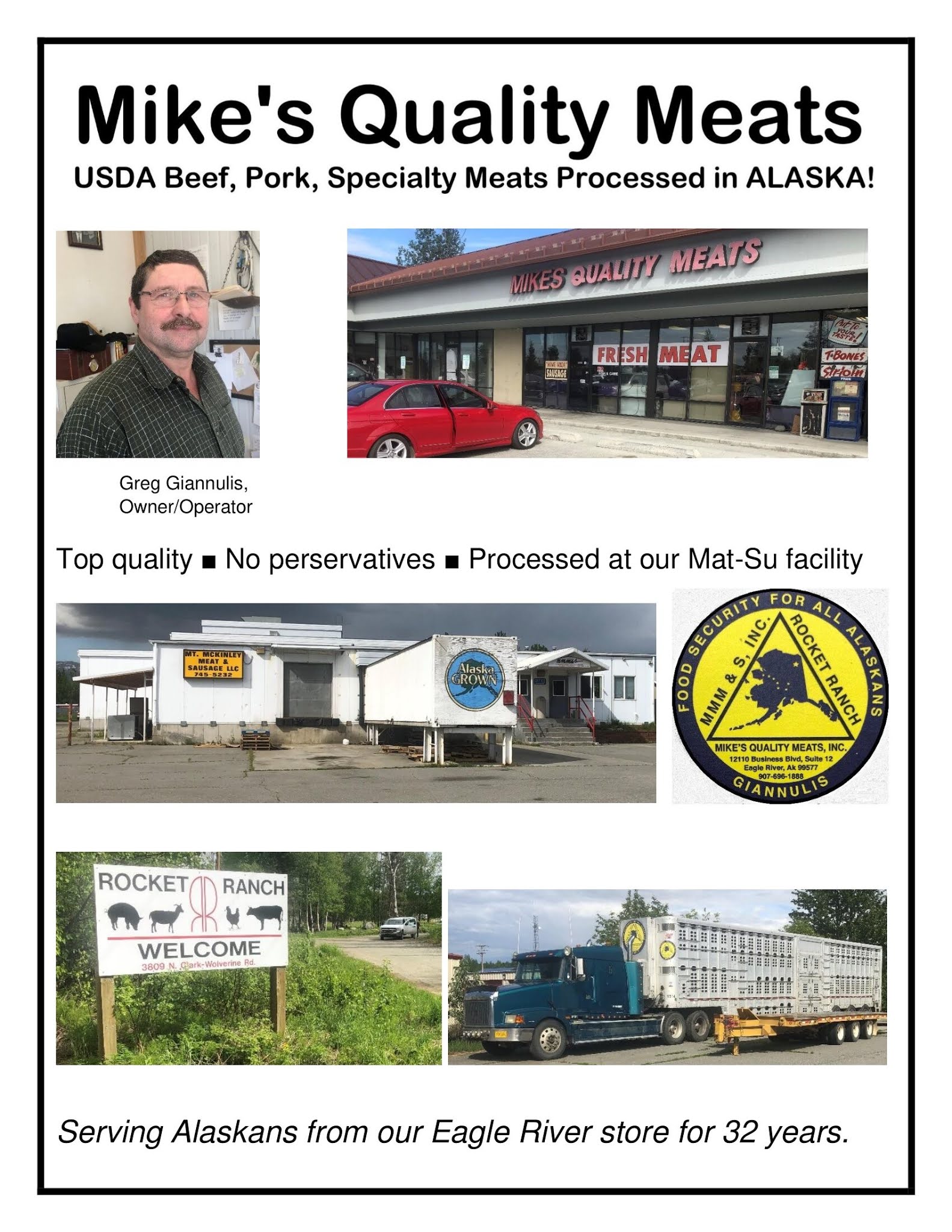
“You probably haven’t heard of the guy, Joe Zentner,” continued Flinkinger. “He was the one who started this lease. He had the homestead attached to this lease, which has since been subdivided. Outdoor Life magazine did a story about him and the Kodiak Bear Wars. He had a Piper Cub airplane with an M1 Grand mounted on top of it to shoot the bears down. They were able to supply food to everybody here and to the military with nine active leases. Now we are down to two.”
This is an Alaska enterprise trying to do what can be done with limited resources while the Division of Agriculture promotes innovation in gardening and happy talk about Alaska food security under current state policy.
Once again we are watching as the Alaska Legislature is making a spectacle of itself and accomplishing nothing. Almost makes a person wonder: If the Speaker of the Alaska House of Representatives from Kodiak, Louise Stutes, and Kodiak Senator since 2003 Gary Stevens, might be able to collaborate with Representatives, Senators and the Governor from the Mat-Su Valley, to consider agriculture options to help feed Alaskans on a scale even close to state efforts to promote the west coast based seafood industry, what might happen?
Other related stories by DONN LISTON:
Addressing Alaska’s Heirachy of Needs:
https://donnliston.net/2021/02/alaska-has-food-security-options.html
Legislative Hopes for this Year
https://donnliston.net/2020/12/legislative-hopes-for-this-year.html
Food for Thought for Alaskans
https://donnliston.net/2020/12/alaskas-food-security-options-2020.html
Our Economic Sweet Spot; The Mat-Su Valley
https://donnliston.net/2020/10/alaskas-economic-reality.html
Feeding Alaskans (Alaska Food Security)
https://donnliston.net/2020/10/feeding-alaskans.html
Who Dares to Farm in Alaska (Alaska Food Security)
https://donnliston.net/2020/09/who-dares-to-farm-in-alaska.html
Who Does the Alaska Legislature Really Represent?
https://donnliston.net/2020/06/sen-shelley-hughes-speaks-out.html
References:
[1]Alaska State Agricultural Lands, State of Alaska, Department of Natural Resources, Division of Agriculture
http://dnr.alaska.gov/ag/Sales/AKStateAgLandPP.pdf
[2]Alaska Department of Commerce and Economic Development, Division of Seafood Marketing
https://www.alaskaseafood.org/
The Division of Economic Development (DED) supports the growth and diversification of Alaska’s economy through business assistance, financing,
promotion, and public policy. The division works closely with industry leaders, allied agencies, and economic development organizations across the state, including the 11 state designated Alaska Regional Development Organizations.
[3] Pandemic Reality; Meat is Essential
https://donnliston.net/2020/06/how-can-alaska-gain-food-security.html
[4] Realities of Alaska Food Security
https://donnliston.net/2020/12/who-is-making-difference.html
[5] Geographical place descriptions from Dictionary of Alaska Place Names 1967.
